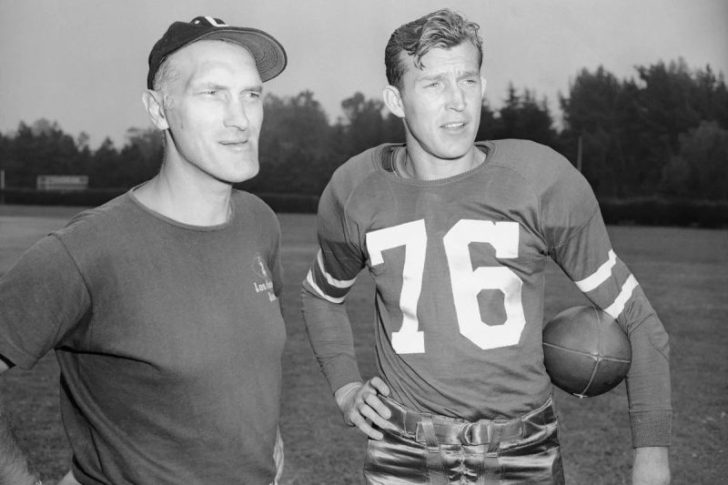
The Forgotten Military Leagues of All-Americans During World War II

Football didn’t stop for the war. In fact, it got even weirder. During World War II, football found a second home on military bases, where service teams packed with NFL stars and college legends rewrote the rules of the game.
What happened in the 1940s wasn’t your usual college season. The best football players in the country weren’t always on campus. They were wearing military uniforms, stationed across the country, and still playing ball. This resulted in some of the most stacked, unstoppable football teams no one talks about today.
When the war broke out, football followed. Hundreds of athletes joined the military, many of them NFL players or top college talent. These weren’t pickup games. The military built full squads—real teams, real coaches, and packed stadiums.
Service teams like Iowa Pre-Flight and Great Lakes Naval Training Station dominated. These teams trained like pros and often played better than college programs. In 1943, Iowa Pre-Flight ended the season ranked No. 2 in the country. That is right, a military base was sandwiched between Notre Dame and Michigan in the AP rankings.
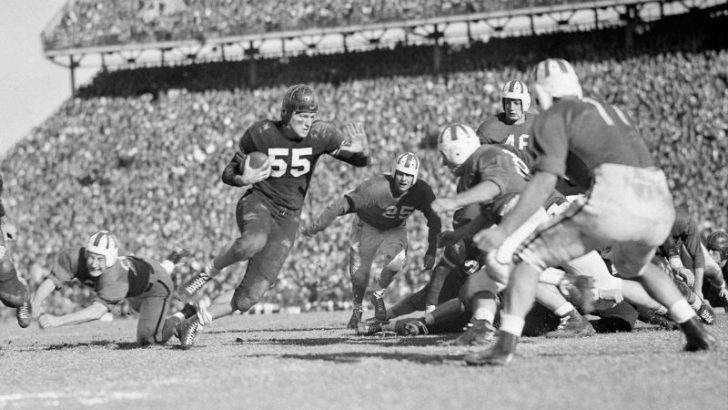
Geeks / During World War II, a unique phenomenon in college football led to the creation of an additional AP All-America team specifically for military service teams.
The mix of NFL pros, Heisman winners, and college hotshots created a strange but incredible league. Fans loved it. Soldiers loved it. Even college programs accepted it, mostly because they didn’t have much choice.
The AP Had to Adjust
The Associated Press couldn’t ignore what was happening. In 1943 and 1944, they did something totally new. Alongside their traditional college All-America team, they created a separate All-America list just for service players.
You had guys like Dick Todd, a former NFL champion with Washington, suiting up for Iowa Pre-Flight. He crushed it, earned a spot on the 1943 service All-America team, and showed that the military games were just as serious as anything on campus.
Then there was Otto Graham. He made the college All-America team in 1943 with Northwestern, then the service team in 1944 while playing for North Carolina Pre-Flight. That’s two All-America nods in two years, wearing two different uniforms, one civilian, one military.
The Games Were Legit!
These weren’t scrimmages or charity games. They were real, hard-hitting matchups that mattered. Great Lakes Naval, a team loaded with former college and NFL stars, beat No. 1 Notre Dame in 1943. That was Notre Dame’s only loss all year.
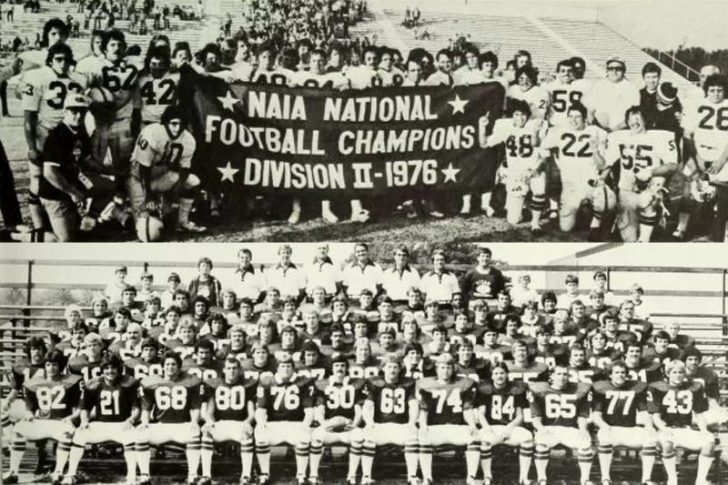
News2 / Service teams regularly beat ranked college teams. Fans packed stadiums to see them play. Some college programs even avoided scheduling them because they knew they couldn’t compete.
Bruce Smith, the 1941 Heisman winner, suited up for Great Lakes Naval and St. Mary’s Pre-Flight during the war. That’s a Heisman winner playing military ball, not just riding a desk.
During a time when most of the country was focused on war, football offered something different. These games weren’t just about scores and stats. They were about morale. For the public and the players, it was a way to stay connected to normal life.
And nobody complained about the NFL mixing with college football. The lines were blurred, and no one cared. As historian Denis Crawford put it, “People were just happy to have the distraction.” It was football, it was good, and that was enough.
More in Football
-
`
Floyd “Money” Mayweather’s Flight Company Sued for $136k in Unpaid Fuel
Floyd Mayweather is in the ring again, but this time it is a legal one. His private jet company, TBE Aviation...
August 6, 2025 -
`
World’s Oldest Surviving Basketball Court May Help Boost Small Town Tourism
Basketball may be a global sport. But its roots run deeper in Canada than most people think. In the small border...
July 30, 2025 -
`
China Builds 50m-Tall Inflatable Dome to Reduce Construction Pollution
Cities deal with construction dust and noise daily. But a new dome in Jinan, in eastern China’s Shandong province, is changing...
July 23, 2025 -
`
Ligue 1 Adopts ‘Simplified’ Yellow Card Suspension System for Season 2025/26
Starting in the 2025/26 season, Ligue 1 is changing the yellow card suspension rule, and it is about time. The old...
July 17, 2025 -
`
Key Highlights From UFC 317 (June 26 – 29, 2025)
UFC 317 took over Las Vegas from June 26 to 29, 2025, and it didn’t waste a second. Fights were fast,...
July 9, 2025 -
`
Who Invented Basketball? Here’s All You Need to Know
Basketball didn’t just show up one day. It had to be invented. The story most people know starts in 1891 with...
July 3, 2025 -
`
What to Do (And What to Avoid) Before a Cruise
A cruise vacation is an incredible escape from the daily grind, offering relaxation, adventure, and the chance to explore new places....
June 25, 2025 -
`
Big Ten Basketball Power Rankings 2025. Can You Guess Who’s #1?
Big Ten basketball is once again the loudest, toughest, and deepest show in college hoops. The 2024-25 season was stacked with...
June 18, 2025 -
`
How Russia Is Using ‘Terrifying’ Fiber Optic Drones in Ukraine
In Ukraine, the battlefield is changing fast. Russian drones are not just flying cameras anymore, they are controlled by fiber optic...
June 11, 2025
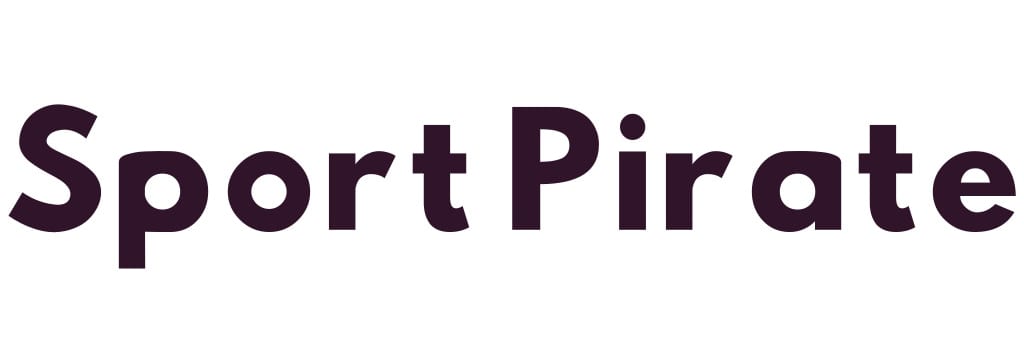
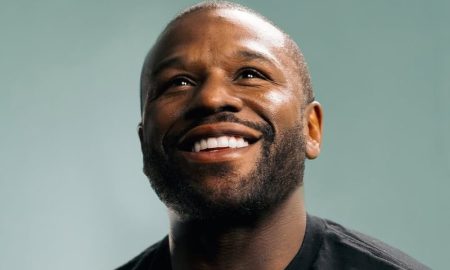
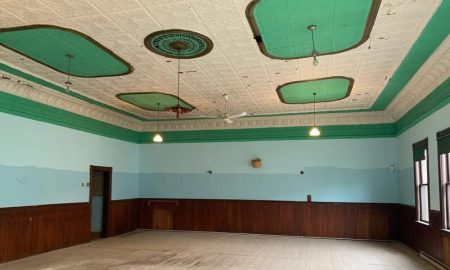

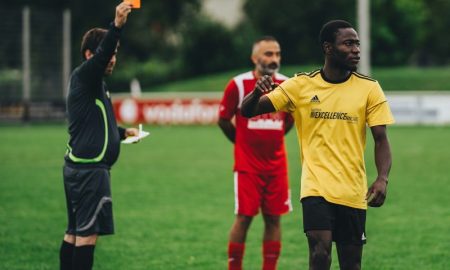
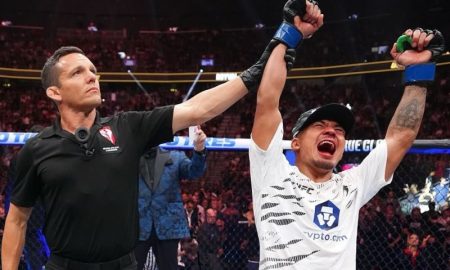
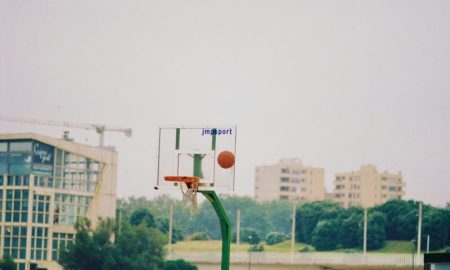
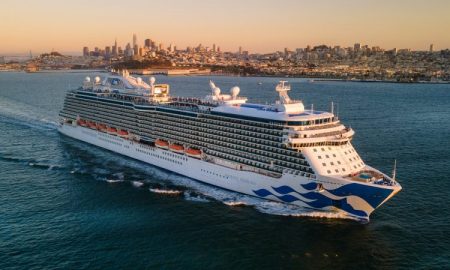

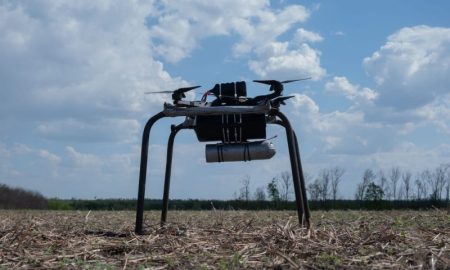
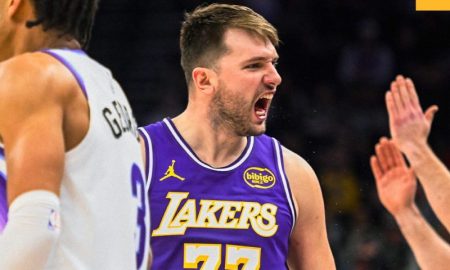
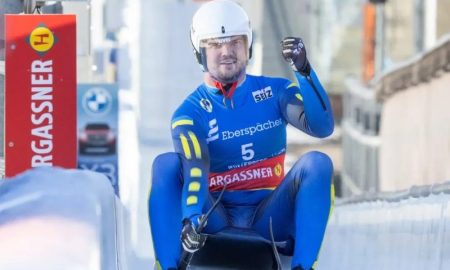
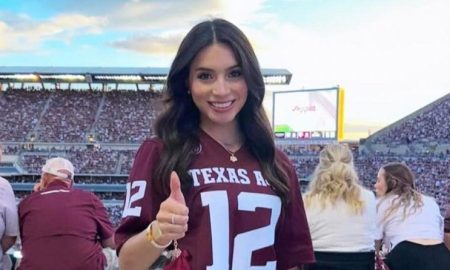


You must be logged in to post a comment Login